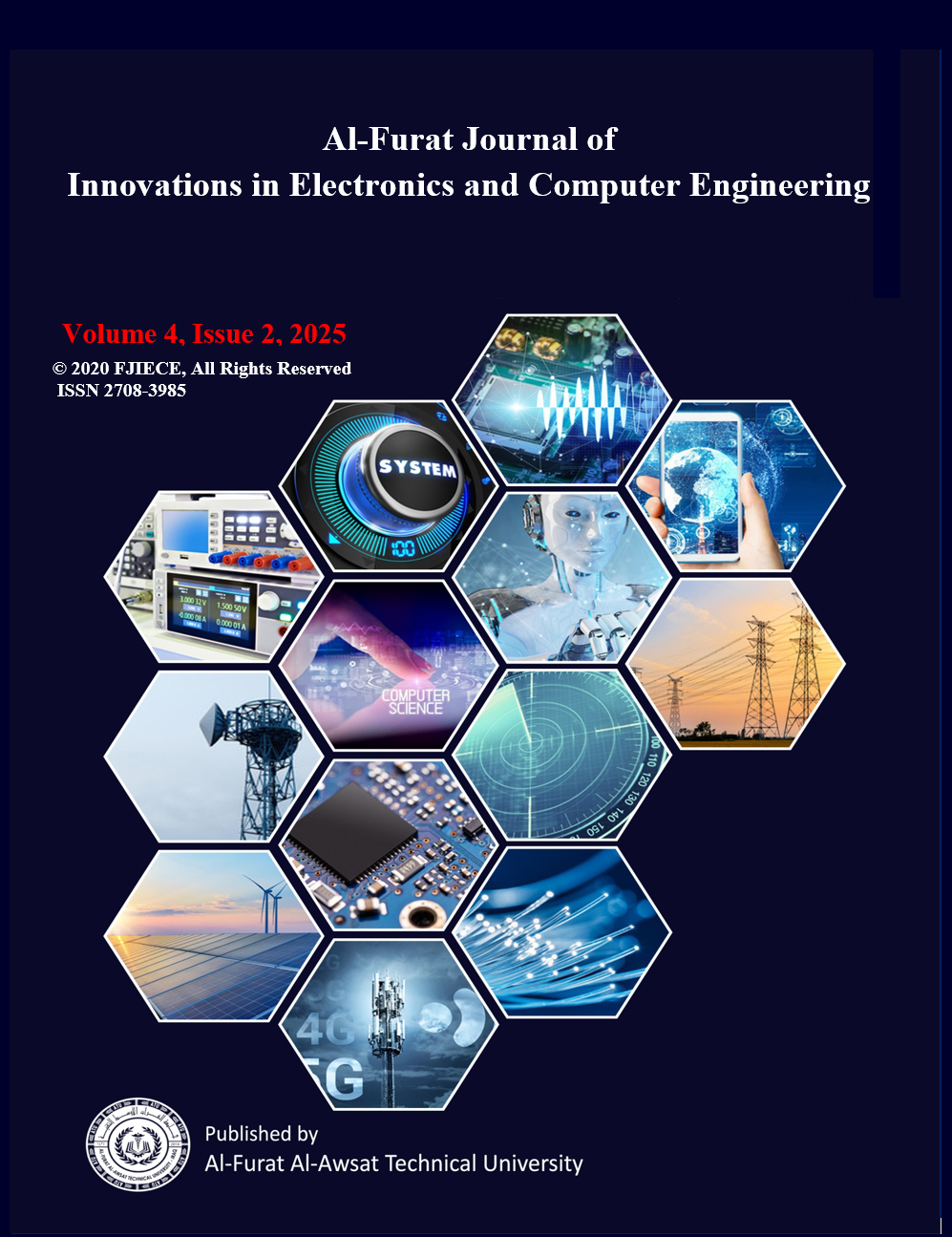Analyzing Academic Networks at Kufa University Using Social Network and Text Mining Techniques
Keywords:
K-Means clustering; TF-IDF; Academic Social Network ; Community Detection; Clustering Algorithm.Abstract
The negative aspects of the academic social networks, such as ResearchGate (so shallow measures as co-authorship and citation numbers), is where the present paper proposes a hybrid data analysis model in which more valuable data sets of scholarly collaboration at University of Kufa are pursued. Research A network was created among scholars who were interested in research at the University of Kufa. To identify semantic clusters, the K-Means clustering algorithm was used on the TF-IDF vectors using K-Means and dimensionality reduction using SVD, and structural communities using the Louvain algorithm. The most suitable value of k was assessed with the help of the Elbow method. Findings indicated that the K-Means clustering performed better and the Louvain worse on maximum Silhouette score and Calinski-Harabasz score and integrated semantic- cohesion in research interest networks. These will be the structural and semantic analysis tools that will give additional measurements and the Louvain and K-Means functions that will determine the topological form and theme relations respectively when applied to the semantic material. The article warrants the existence of hybrid analytic models, feasibility of designing comparative academic suggestion systems, which have structural location as well as semantic proximity.





